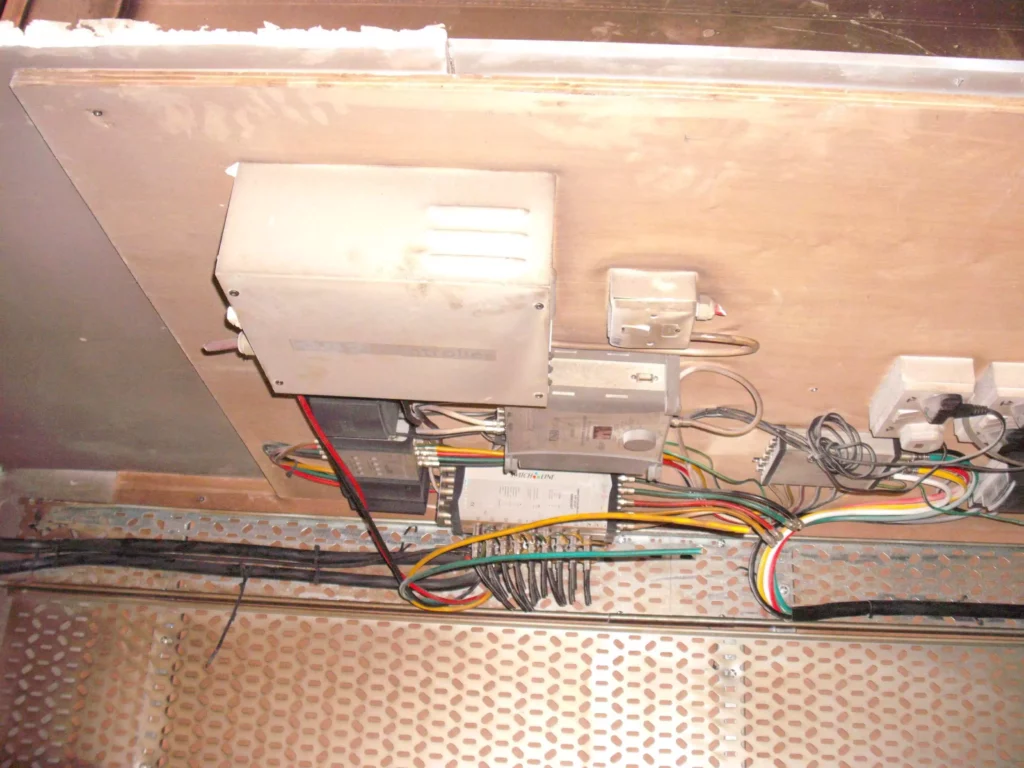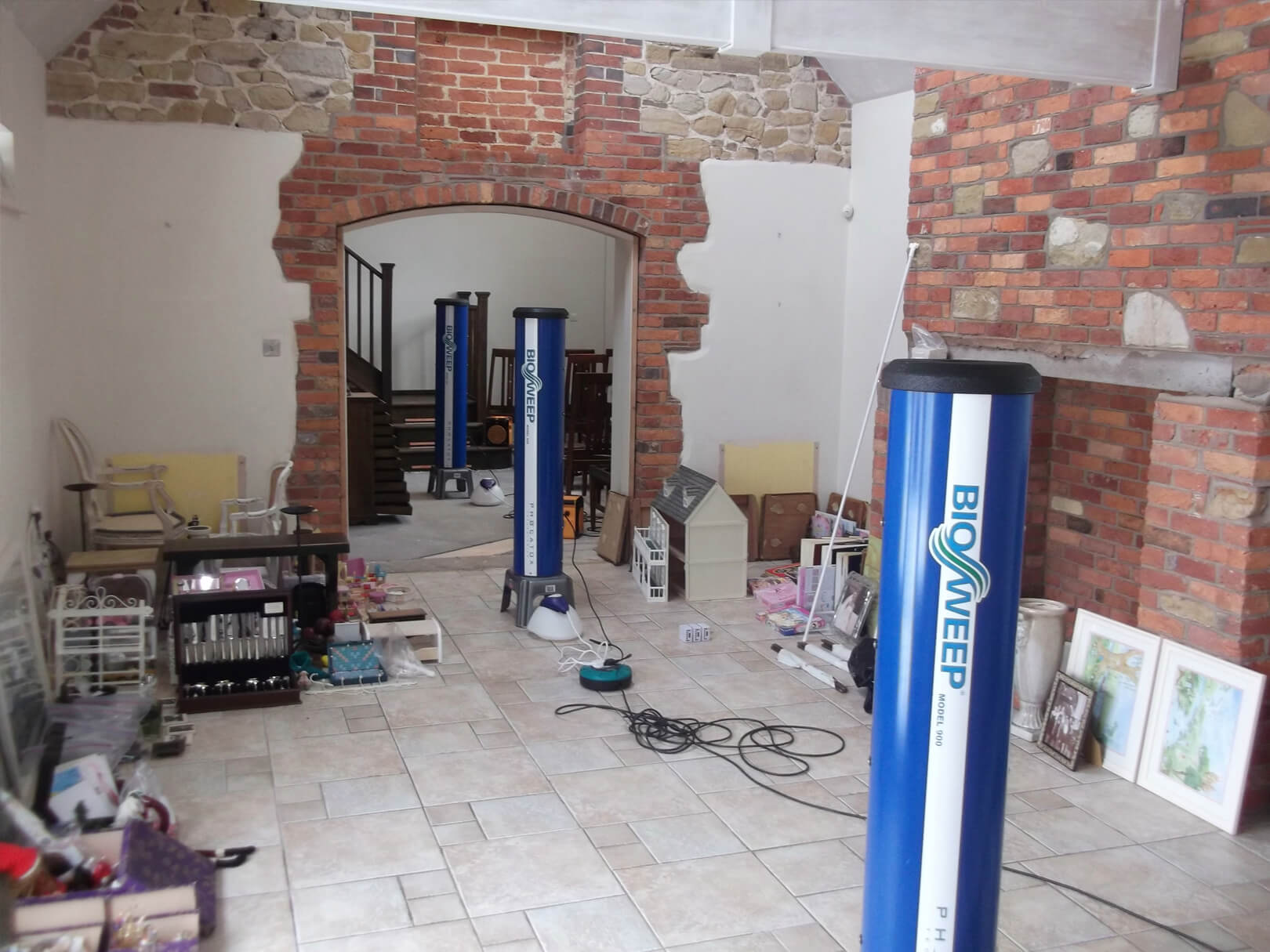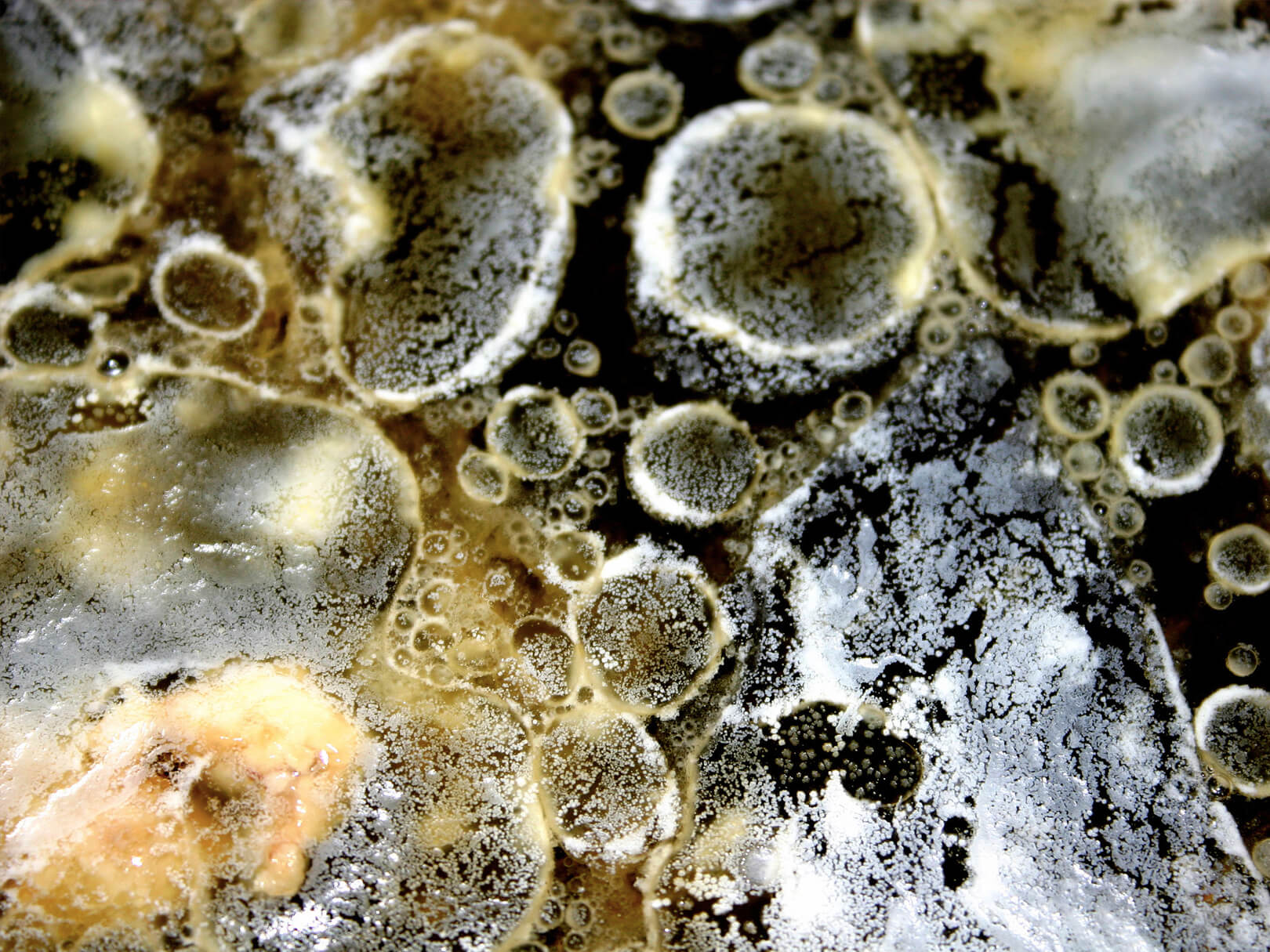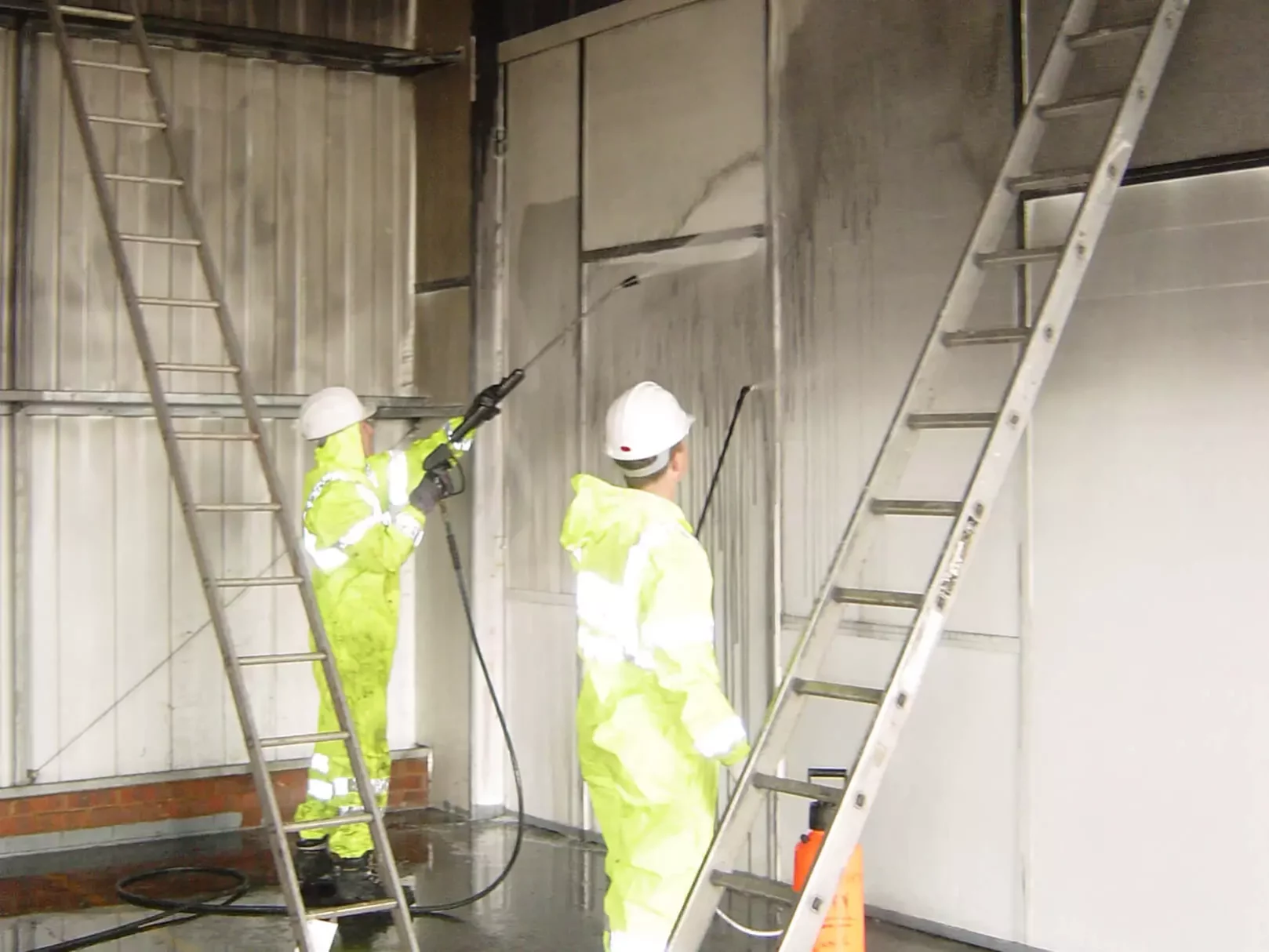In our previous blog, we spoke about how damaging ash and soot can be if left untreated. While many people may want to attempt to clean up fire damage themselves, particularly after a small fire, you could find that the costs end up racking up. With the real risk of further damage and inefficient results, the money spent on a DIY clean can easily result in far outweighing the cost of hiring a professional clean and restoration from the start.
If you do attempt to clean the damage yourself, do not forget the often overlooked areas. Soot can get into even the most hard to reach places such as light switches and sockets. If these are not cleaned prior to use, it could result in short circuiting.

Although minor fire damage may be treatable using DIY methods, generally speaking, it is truly best left to the professionals. If not careful, it is easy to cause further damage. Soot and ash can be ground and smudged into plaster, paint, walls, wallpaper, carpets and upholstery and the odour is virtually impossible to eradicate with normal household products and methods.
Normal household vacuums are also inefficient in clearing up ash and soot – they tend to redeposit the particles around the building which can risk contaminating previously unaffected areas and rooms. A professional fire restoration company will use HEPA rated vacuums which effectively “trap” the particles, not allowing them to redeposit.
Often Overlooked Items and Areas
Some items and areas are often overlooked when analysing the extent of smoke damage. Some of the most common are listed below:
- Food: Smoke is able to penetrate almost all packaging. Even if it looks okay to eat, it doesn’t mean it’s safe. Food located near the heat source of the fire should also be treated with caution. Heat from the fire can activate food spoilage bacteria or cause undesirable flavour changes.
- Fridges & Freezers: While the outside of fridges and freezers are often inspected, the inside is often forgotten about, especially when there is no visible sign of smoke or soot on the exterior. It is crucial that a thorough inspection of both the fridge and freezer is carried out before deciding to store food in them again.
- Drawers & Cupboards: Just like fridges and freezers, just because the exterior of drawers and cupboards look clean, doesn’t mean they are. Smoke is able to penetrate into almost any material and will find its way through the smallest of gaps.
- Clothing: Even if the fire was in another room or on another floor, clothing may be damaged, especially from odour. Clothing may require professional cleaning to get rid of the smell.
- Loft Space: Hot air rises so it shouldn’t come as a surprise to check your loft space for damage. It should be noted that if the loft insulation has been affected, it will likely need to be replaced. It is near impossible to remove smoke odour from loft insulation.
- Vents & Ducts for HVAC: Smoke will infiltrate ducts and vents for HVAC equipment. If not inspected carefully and remedied appropriately, the smoke can be released back into the air when the system is next used, recontaminating the area.
- Plants & Animals: Smoke is hazardous to humans, but it also poses risks to plants and animals too. Both can experience long-term effects of smoke exposure and should be treated accordingly. Veterinary advice should be sort if an animal has had any exposure to smoke. Placing a house plant outside for a brief period may help it to regenerate some of its cells. Watering it down can also help.
Odour Removal
Perhaps the most challenging aspect of DIY cleaning smoke damage is odour removal. There is very little available for domestic use that will have the same impact of a professional neutralisation; most products will just mask the smell for brief periods of time.
If smoke odour is not effectively removed, it will remain in walls, between them, and in fabric and upholstery. While some products may mask the smell and the odour appears to go, if it isn’t removed completely then it can reoccur at any time. Damp periods are especially problematic for re-releasing the odour.
During a fire, the heat generated causes the pores in walls to open which are then filled with smoke. Once the fire has been extinguished and the walls begin to cool, the pores start to close again. If the pores close while the smoke is in them, then the odour becomes trapped.
When the pores reopen at a later date – for instance, on a hot summer day – the odour will be released, even if it’s months after the fire. The smoke is then free to travel around the area and recontaminate previously cleaned surfaces.
At Ideal Response, we use industry leading technology to guarantee 100% odour removal. While other restoration companies will use techniques such as thermal fogging to eradicate odours, this isn’t completely effective.

Our process begins by heating the affected areas. This is for two reasons: firstly, to open the substrate pores, allowing trapped odours to release, and secondly, to help carry the gasses used as part of the technique.
By creating and controlling relative humidity within the affected areas, we are able to create water molecules. The water molecules are converted into gas phase H2O2 and subsequently Trivalent Oxygen – both of which are exceptionally strong molecular oxidisers, second only to the sun and fluorine.
There is currently nothing on the domestic market which comes close to matching the effectiveness of this technique.
Don’t Neglect Indirect Damage
While flames and smoke can cause devastating damage to a property, they are not the only things to consider. Often a building will suffer heavily from damage caused by fire fighting attempts; whether it’s the fire crew, a sprinkler system or something else.
If water is used to extinguish the fire then issues of damp and mould need to be considered. Saturated carpets need to be dried thoroughly and quickly before mould begins to grow and before further damage is done to the flooring underneath.

Mould can easily start growing within 24 – 48 hours and can colonise in as little as 12 days. So while after a fire it is easy to wonder what else can go wrong and that the worst is already done, that isn’t strictly true. Secondary damage from ash and soot, plus secondary damage from water can lead to a whole host of further problems, costs and delays.



